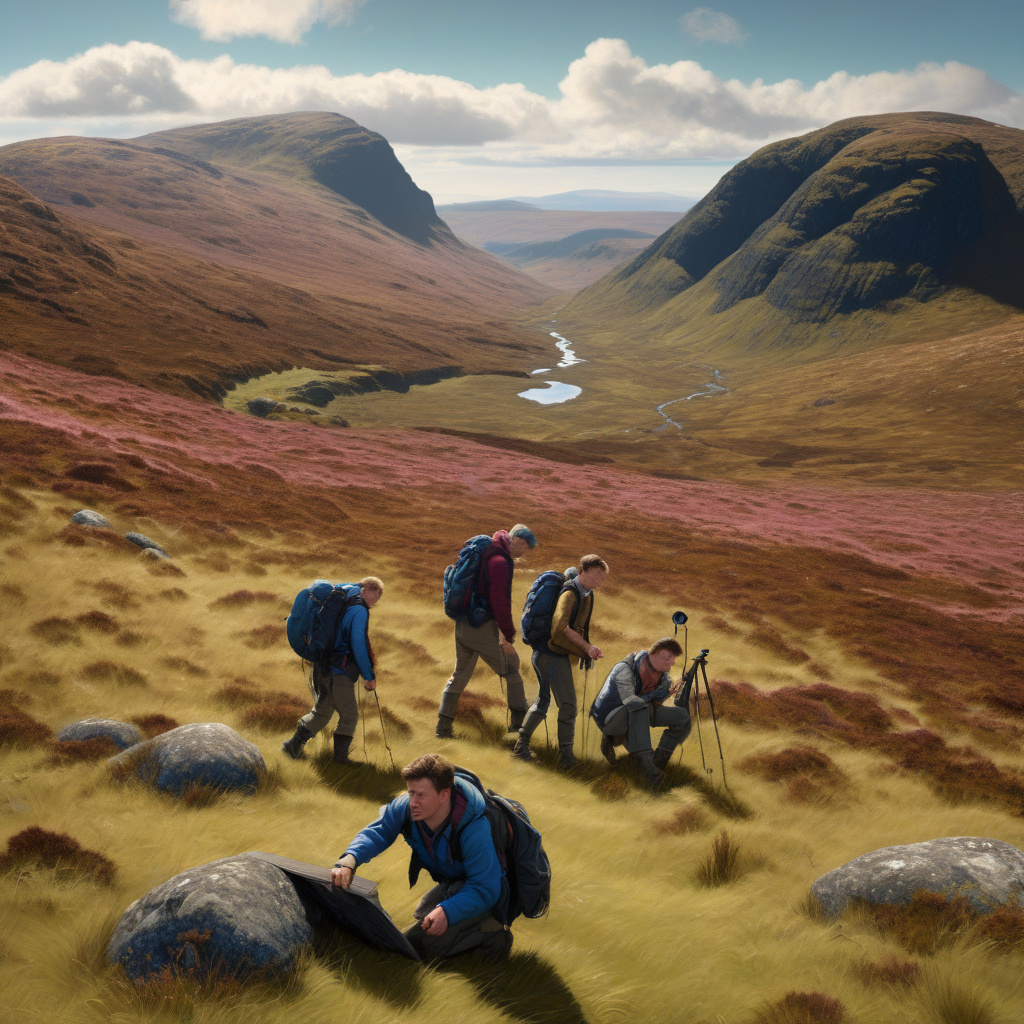Hikers Urged to Hunt Meteorite Fragments After July Fireball Lit Scottish Skies
Hikers in Scotland are being asked to assist scientists in a “race against time” to uncover meteorite fragments following a spectacular fireball that illuminated the skies in July. The event, which occurred on the evening of July 28th, was captured on cameras across the country, sparking excitement and curiosity among both astronomers and the general public.
The fireball, believed to be a small piece of an asteroid entering the Earth’s atmosphere, is thought to have landed somewhere in the Grampian mountains. Scientists are eager to locate and study any meteorite fragments that may have survived the fiery journey through the atmosphere.
While researchers are using data from the cameras to narrow down the potential landing site, the rugged and remote terrain of the Grampians makes it challenging to pinpoint the exact location of the meteorite fragments. This is where hikers and outdoor enthusiasts can play a crucial role in the search effort.
By exploring the trails and paths in the Grampian mountains, hikers can keep an eye out for any unusual rocks or debris that may be fragments of the meteorite. These fragments could provide valuable insights into the composition of asteroids and the early solar system, offering scientists a rare opportunity to study material that has traveled from outer space.
One of the key challenges in locating meteorite fragments is differentiating them from ordinary rocks. Meteorites are often dark and smooth on the surface, with a burnt or fusion crust caused by the intense heat of atmospheric entry. They may also be attracted to magnets due to their metal content.
In the past, citizen scientists and amateur astronomers have made significant contributions to the discovery of meteorites. Their keen eyes and passion for exploration have led to the recovery of valuable specimens that advance our understanding of the universe.
For hikers participating in the search for meteorite fragments, it is essential to follow some guidelines to ensure the safety of both themselves and the scientific samples. First and foremost, hikers should respect the natural environment and stick to designated trails to avoid causing damage to the delicate ecosystem of the mountains.
Additionally, hikers should be equipped with proper gear, including sturdy boots, a backpack with essentials such as water and snacks, a GPS device or map, and a first aid kit. Given the remote location of the potential landing site, hikers should also inform someone of their itinerary and expected return time before venturing out.
As the search for meteorite fragments in the Grampian mountains continues, the collaboration between scientists and hikers highlights the importance of citizen science in advancing our knowledge of the cosmos. By working together, we can unravel the mysteries of the universe one meteorite at a time.
#MeteoriteHunters, #ScottishSkies, #CitizenScience, #GrampianMountains, #AstronomyResearch












